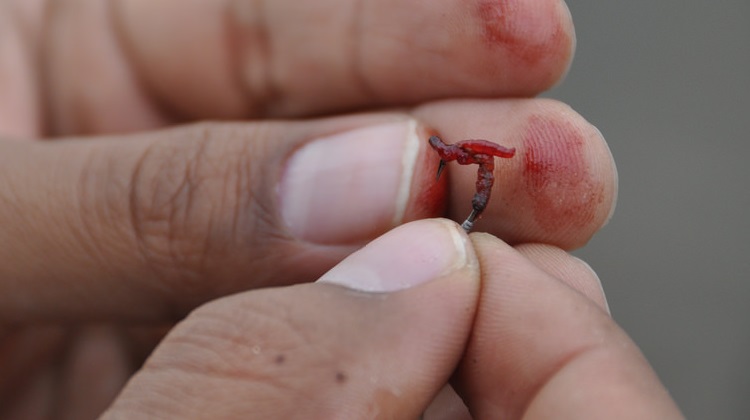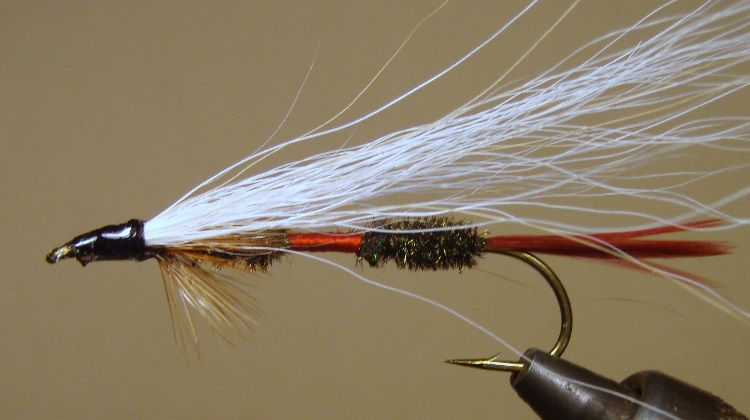Fishing
What Are the Different Kinds of Fishing Lures for Bass?
Fishing is a sport enjoyed by hundreds of thousands of people across the country.

The adventure and fun is in mastering technique and patience rather than physical strength or fitness; which is why people from all ages and genders find it easy to take up.
Apart from technique the second most important thing with fishing is a clever selection of bait. Whether you are just getting into fishing for the first time or planning to pick it up after a break, you may find yourself getting overwhelmed with all the different varieties of lures that are available in the market today.
In this article, we take a look at the different kinds of fishing lures for bass that are popular and proven to be effective.
Plastic and Rubber Worms

Plastic and rubber worms are the top lure for bass fishing. The squiggly bait looks very real and often fools the fish into striking at the hook.
Worms come in a variety of sizes, colors and design. If you are using these worms, the trick is to be patient and take it slow. It usually takes some time before you get a catch.
The fish mostly get hooked as the bait is sinking through the water. Cast your lure into the water and then slowly lower the rod while reeling in the line. This gives the worm a slow, natural decent.
When you get a hit, you will feel a light pull on the pole. Give it a hard hookset while keeping the line steady to make sure that the hook holds before reeling in.
Jigs

Skirted jigs are good for fishing because they can be used all year around and work in temperatures from 40 degree to 90 degree. This fishing bait can be used in depth from 2 feet to 40 feet.
Jigs are not for novices though. This bait requires skill and expertise. Fishers use this bait mostly for short range flipping and pitching. The key is to be accurate and make a soft entry when hitting the water. It can be tricky to get the hang of this bait at first.
Bass usually take the bait when it is sinking through the water. The speed at which it drops and moves through the water determines if the fish will bite.
Crankbaits

This bait is great for covering a large body of water in short time. Crankbait are popular because of their effectiveness at catching fish in different environments.
To use properly, simply case one out into the water as far as possible and crank the bait back to you. If there are bass in the area, they will bite.
Crankbaits are sold in a variety of sizes, shapes, running depths and weights. Depth and weight are particularly important for this type of bait. If the fish are six-foot deep in water, you won’t be very successful using a crankbait that runs four feet deep.
Spinnerbaits

These fishing baits are popular because of their effectiveness and ability to catch bass. Most beginners would find it odd how effective these baits are given the odd shape and appearance.
The bait is made of a thin wire frame, similar to an opened safety pin. A large number of shiny, thin blades are attached at one end. A small weight with a hook is attached to the other end.
The lure is used by casting it into the water and retrieving it over a distance. As the line is being pulled, the blades spin in a dazzling circle which is meant to attract the fish. Most anglers retrieve the spinnerbait in a straight line but it can also be effective if you jerk the line sideways to see if the fish will bite.
Jerkbaits

This lure is more popular in colder months but it can be just as effective in summer as well. It can be used in shallow or deep water with a slow or fast fishing action.
It is designed as a longish lure and meant to look like an injured baitfish. The fisher jerks the rod around while reeling in to create an erratic movement that makes it resemble an injured, dying fish which attracts bass for an easy meal.
Jerkbaits give the anglers a lot of control but they do require good technique. These fish baits are more popular among experienced fishers.
Crawfish

One species of forage that Bass feed on throughout the year is crawfish. These small crustaceans reside in deep rocks and shallow weeds and they are active for most seasons except the coldest of winters.
You can attach a plastic craw to your hook and flip it into cover or drag it close to rocks where you find plenty of bass feeding. One of them is bound to take the bait and get hooked.




